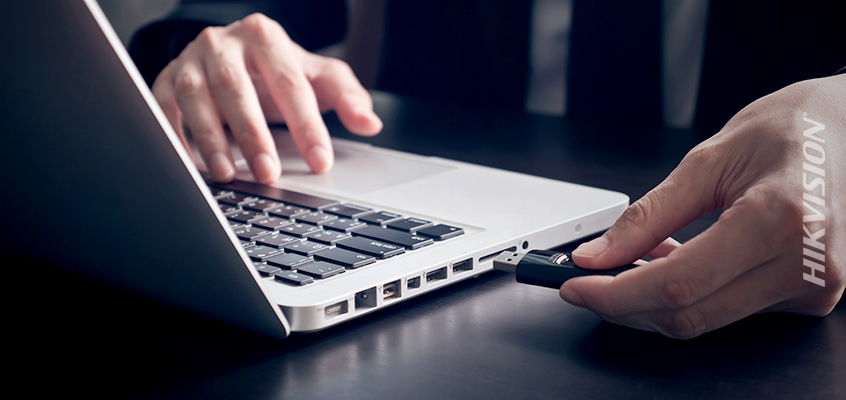Apricorn Report: Employee Use of Non-Encrypted USB Devices Pose Security Concern
Hikvision Helps Employees Reduce Security Concerns, Stay Safe Online
Encrypted USB provider Apricorn’s new report, “The State of USB Data Protection 2019: Employee Spotlight,” found that employees’ use of unsecured USBs pose a security concern to organizational data, according to an article in Security magazine.
From the report: “Although USB drives are used by almost every employee–and USB usage is primarily driven by employee preference–employees begin ignoring security best practices as soon as they get their hands on a USB drive. For evidence, look no further than the device itself: nearly every employee is aware of the importance of using encrypted USB drives, but more than half of them regularly use non-encrypted USB drives. This leaves their
organization–including confidential company, employee and client information–exposed and unprotected.”
Report findings include:
- 58 percent of those surveyed indicated regular use of non-encrypted USB drives.
- 64 percent of organizations have a USB device policy.
- More employees are using non-encrypted USB drives, especially as these are increasingly given away at conferences for free. Fifty-eight percent stated using these devices in 2018, up from 56 percent in 2017.
Click here to read more about the research.
Hikvision blogs offer insights to help employees stay safe and reduce security concerns by learning to recognize phishing emails and how to stay safe online. Check out these blogs for more:
For our entire library of cybersecurity blogs, click here.

